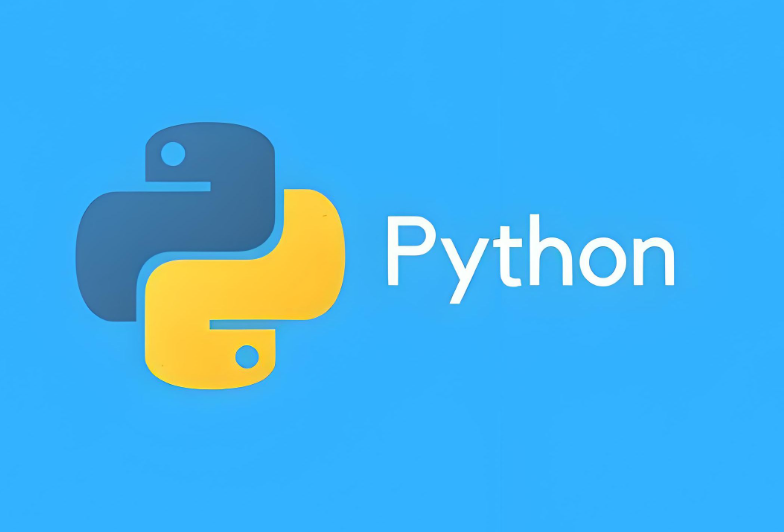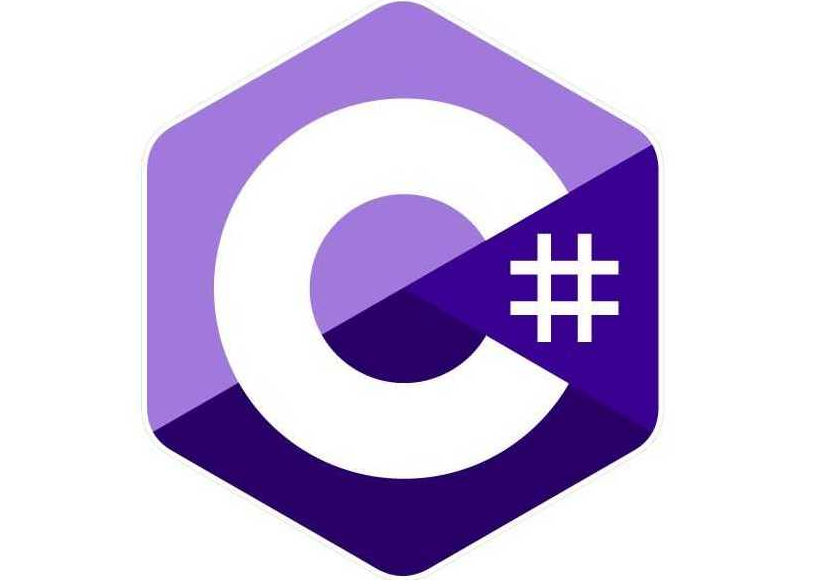Golang并发控制之errgroup使用详解
在Golang中,并发编程是一项强大的功能,它允许开发者同时运行多个任务以提高程序的效率。然而,管理并发任务并确保它们的正确执行却是一个挑战。errgroup包是Go语言标准库golang.org/x/sync/errgroup提供的一个实用工具,它简化了并发任务的管理,并能够在其中一个任务失败时立即取消其他任务。
![图片[1]_精通Golang并发:errgroup实战解析_知途无界](https://zhituwujie.com/wp-content/uploads/2024/11/d2b5ca33bd20241106103208.png)
一、errgroup简介
errgroup是一个用于管理一组goroutine的结构体,它提供了一个简洁的接口来等待所有goroutine完成,并在其中任何一个goroutine返回错误时立即返回该错误。这避免了传统上需要手动管理sync.WaitGroup和传递错误通道的复杂性。
二、errgroup的使用
要使用errgroup,首先需要导入它:
import (
"context"
"fmt"
"golang.org/x/sync/errgroup"
"time"
)接下来,让我们看一个简单的例子,演示如何使用errgroup来管理一组并发任务:
func main() {
g, ctx := errgroup.WithContext(context.Background())
// 启动多个goroutine
for i := 0; i < 5; i++ {
// 注意这里的i是值传递,所以每个goroutine都会得到i的一个副本
i := i
g.Go(func() error {
// 使用ctx来设置超时或其他取消逻辑
select {
case <-time.After(time.Duration(i+1) * time.Second):
fmt.Printf("Goroutine %d finished\n", i)
return nil // 没有错误
case <-ctx.Done():
fmt.Printf("Goroutine %d canceled\n", i)
return ctx.Err() // 返回取消错误
}
})
}
// 等待所有goroutine完成,或其中一个返回错误
if err := g.Wait(); err != nil {
fmt.Printf("An error occurred: %v\n", err)
} else {
fmt.Println("All goroutines completed successfully")
}
}在这个例子中,我们创建了一个errgroup.Group实例g,并与一个context.Context实例ctx关联。然后,我们启动了5个goroutine,每个goroutine都会等待一个递增的时间段(从1秒到5秒)后完成。如果主goroutine(即main函数)中的g.Wait()调用在任何一个goroutine完成之前被取消(在这个例子中没有实际的取消逻辑,但你可以通过调用ctx.Cancel()来模拟),那么这些goroutine将收到取消信号并提前退出。
然而,这个例子并没有演示errgroup的真正强项:在其中一个goroutine返回错误时取消其他goroutine。让我们来看一个更实际的例子:
func task(id int, ctx context.Context) error {
// 模拟任务执行,这里用sleep代替
time.Sleep(2 * time.Second)
if id == 3 {
// 假设任务3失败了
return fmt.Errorf("task %d failed", id)
}
fmt.Printf("Task %d completed\n", id)
return nil
}
func main() {
g, ctx := errgroup.WithContext(context.Background())
for i := 0; i < 5; i++ {
i := i
g.Go(func() error {
return task(i, ctx)
})
}
if err := g.Wait(); err != nil {
fmt.Printf("An error occurred: %v\n", err)
} else {
fmt.Println("All tasks completed successfully")
}
}在这个例子中,我们定义了一个task函数来模拟任务的执行。当id为3的任务失败时,它会返回一个错误。由于errgroup会监听这些错误,并在其中一个任务返回错误时取消其他任务(通过ctx.Cancel()实现),因此你可以看到,即使我们启动了5个任务,但只有部分任务(不是全部)会完成。
三、注意事项
- 错误处理:
errgroup通过g.Wait()返回第一个遇到的错误。这意味着如果多个任务同时失败,你只会得到其中一个错误的详细信息。 - 取消传播:当
errgroup中的一个任务返回错误时,它会通过ctx.Cancel()取消其他任务。这意味着你的任务需要能够响应取消信号(通常是通过检查ctx.Done()通道)。 - 资源清理:在任务中使用
defer语句来确保资源的正确释放(如文件关闭、网络连接断开等)是一个好习惯。即使任务被取消,defer语句仍然会被执行。 - 并发限制:
errgroup本身不限制并发任务的数量。如果你需要限制并发任务的数量,你可以使用其他工具(如带缓冲的通道)来手动实现。
通过errgroup,Golang开发者可以更加轻松和高效地管理并发任务,并确保在出现错误时能够及时地取消其他任务,从而避免不必要的资源消耗和潜在的错误状态。

























暂无评论内容